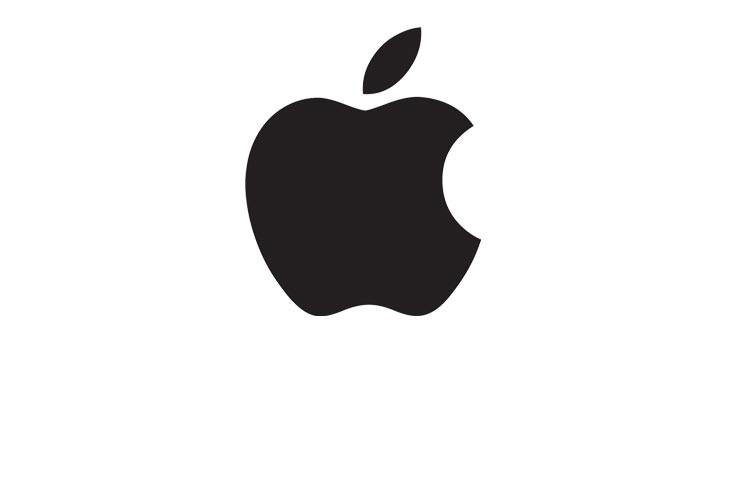
Apple Inc. (AAPL) has put in a lackluster performance since joining the DJIA
Neither
Apple Inc. (NASDAQ:AAPL) nor the Dow Jones Industrial Average (DJIA) has put in a standout performance over the past three months -- the same time frame in which AAPL has been a member of the Dow. Specifically, since the close on March 18 -- when Apple replaced AT&T Inc. (NYSE:T) -- the security has shed 0.01%, while the DJIA has edged down fractionally. (T, meanwhile, has
added 4.1%.) What's noteworthy, though, is that AAPL was sporting a year-over-year advance of roughly
69% in the lead-up to its debut on the DJIA, making one wonder if the transition caused AAPL to lose its luster --
like so many blue chips that came before it -- and succumb to the
"Curse of the Dow."
Taking a closer look at AAPL's technical backdrop, the stock showed signs of bucking the Dow jinx, when it topped out at a record high of $134.54 in late April, thanks to a
strong showing in the earnings confessional. Since notching the notable milestone, however, AAPL is off 5.5% at $127.10, and is currently staring up at a newfound ceiling in the form of its 60-day moving average.

In the options pits, speculators have been taking notice of this lackluster price action. In fact, at the International Securities Exchange (ISE), Chicago Board Options Exchange (CBOE), and NASDAQ OMX PHLX (PHLX), AAPL's 10-day put/call volume ratio of 0.62 rests higher than all other readings taken in the past year. In other words,
puts have been bought to open over calls at an annual-high clip in recent weeks.
Echoing this is AAPL's Schaeffer's put/call open interest ratio (SOIR) of 0.80, which ranks in the 80th percentile of its annual range. Simply stated, short-term speculators are more
put-heavy than usual toward the stock. Given AAPL's recent retreat from record highs, it's possible that some of this activity -- particularly at out-of-the-money strikes -- is a result of
shareholders protecting paper profits against additional losses.
It's an entirely different set-up elsewhere on the Street, however. Among covering analysts, 65% maintain a "buy" or better rating toward AAPL, with not a single "sell" to be found. Plus, the average 12-month price target of $148.75 stands at a 17% premium to current trading levels -- and in territory yet to be charted. Should AAPL's technical troubles continue, a round of downgrades and/or price-target cuts could translate into additional headwinds.
Meanwhile, short sellers have been jumping ship en masse, and in the latest reporting period, short interest dropped 20.8%. However, Apple Inc. (NASDAQ:AAPL) failed to capitalize on this burst of buying power. What's more, just 1.1% of the stock's float is currently sold short, and would take a little more than one day to cover, at average daily trading levels. This leaves little in the way of sideline cash available to help fuel future rally attempts.